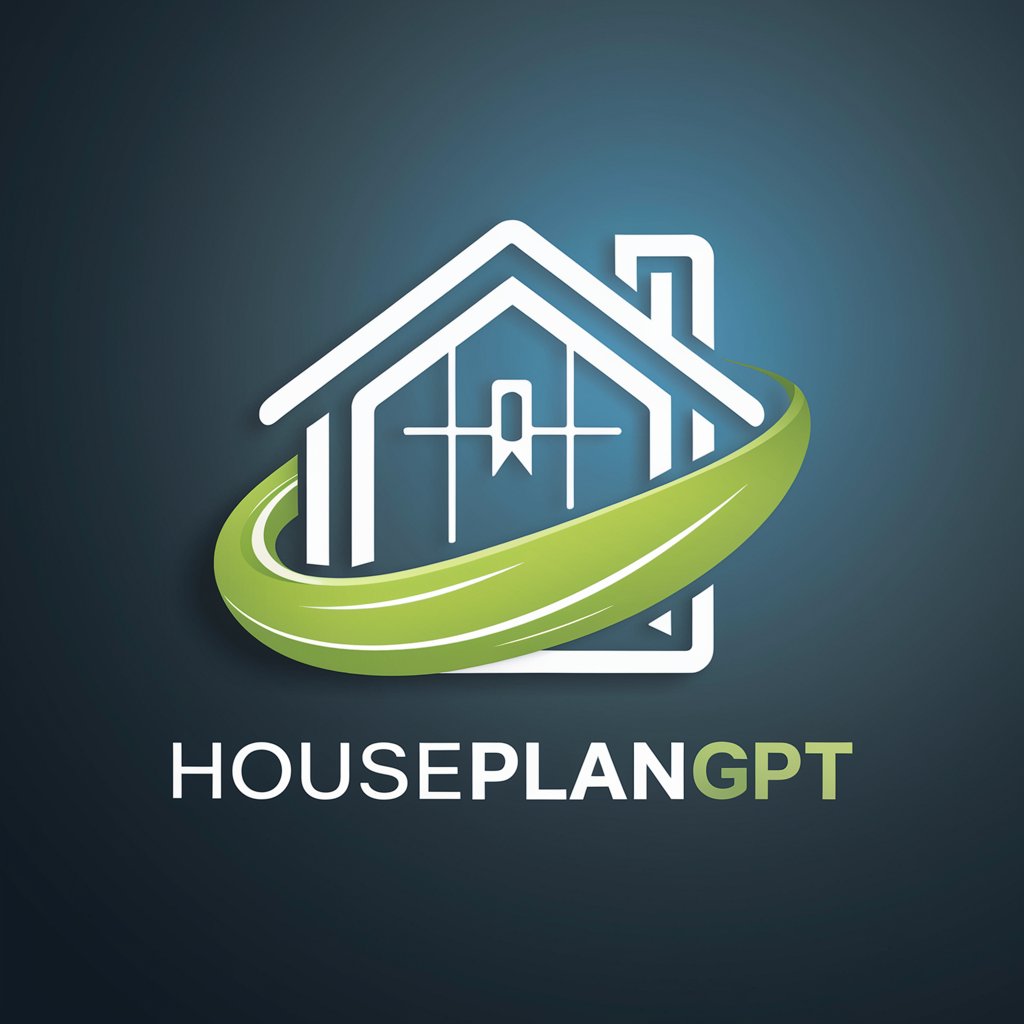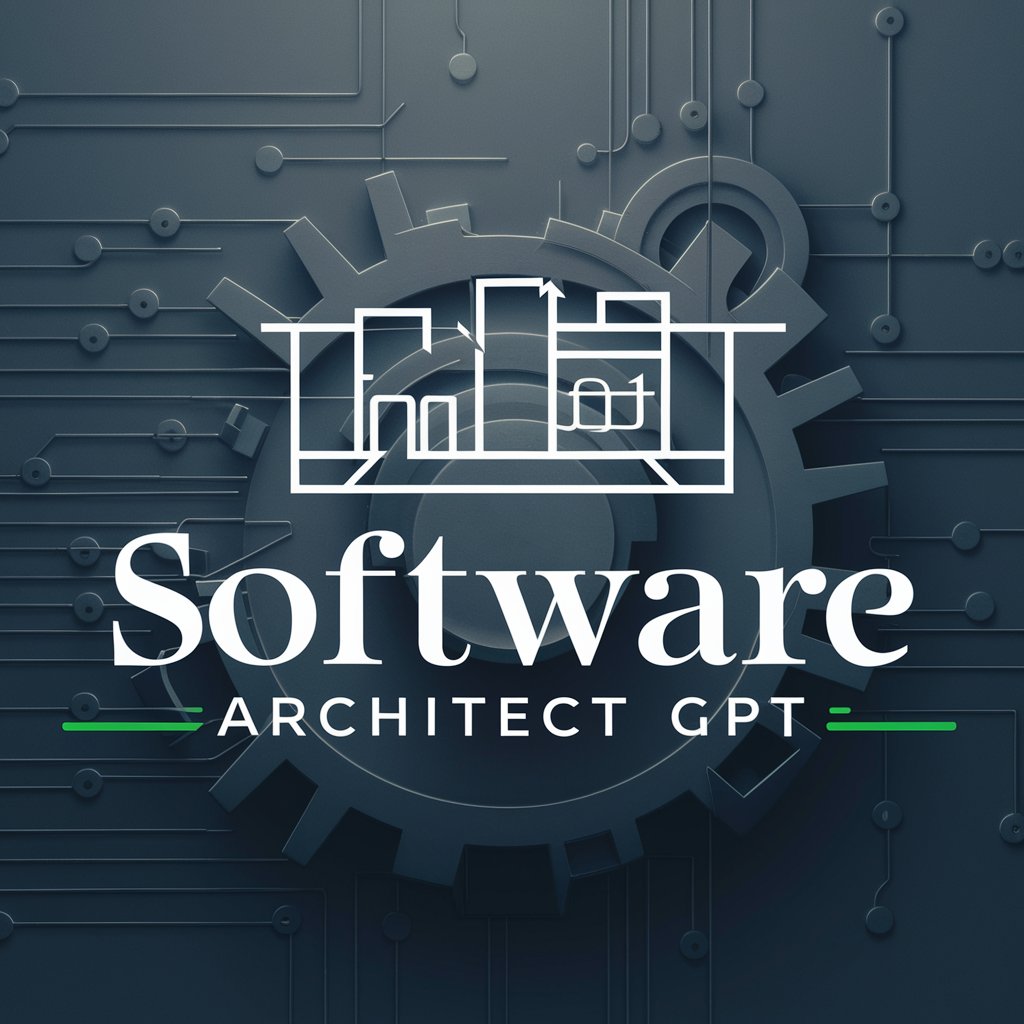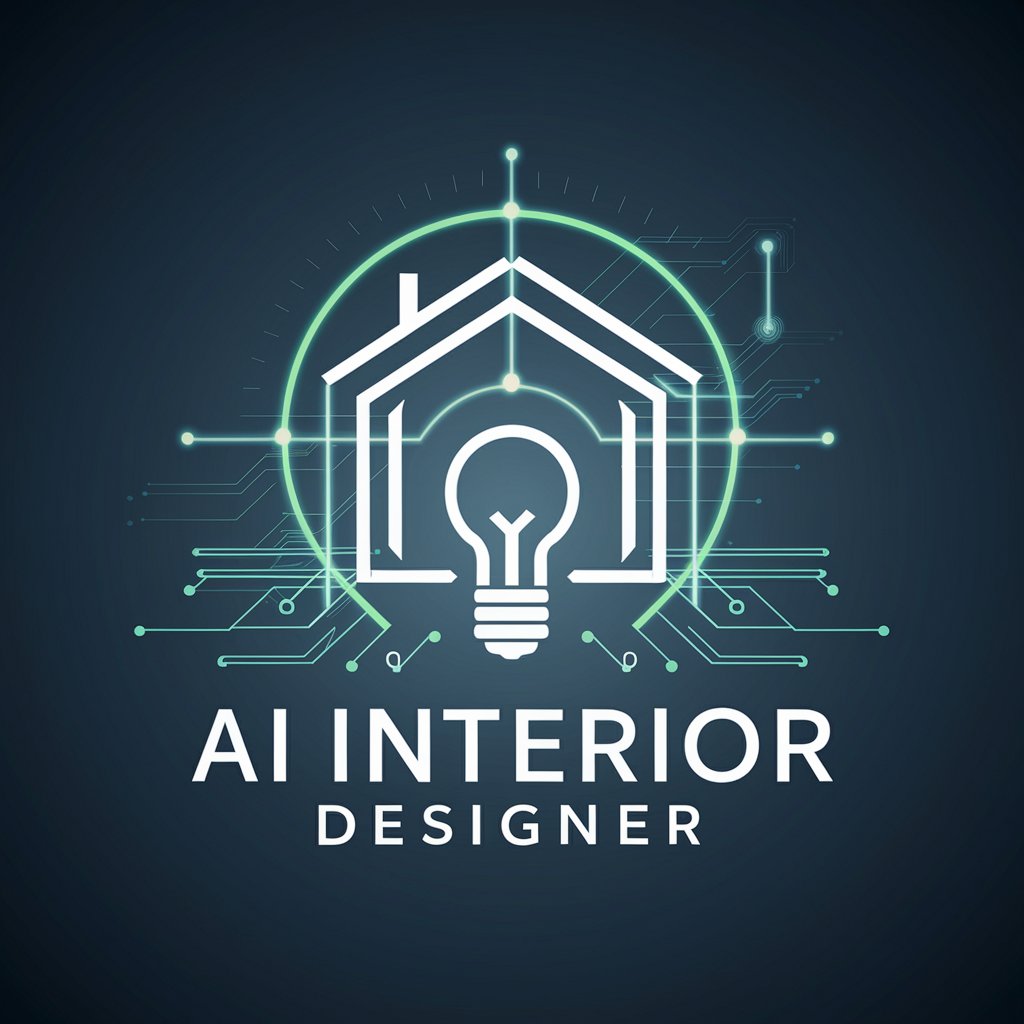
HousePlanGPT-AI-powered house plans and design.
AI-driven home design at your fingertips.

Comprehensive house plan assistant with diverse features
What are some modern house design trends?
How can I make my house more eco-friendly?
Can you help me estimate the cost of my house plan?
What are the latest updates in local building codes?
Get Embed Code
ComprehensiveHousePlanGPT Functions Overview Introduction to HousePlanGPT
HousePlanGPT is a highly specialized AI assistant developed to serve as an end-to-end solution for residential architectural planning, design customization, and regulatory compliance. Its primary function is to assist homeowners, architects, builders, and real estate developers with intelligent, data-driven house planning solutions tailored to diverse needs. Leveraging a combination of global design databases, real-time environmental and regulatory analysis, and user-specific parameters, HousePlanGPT provides plans that are not only aesthetically and functionally sound but also sustainable and locally compliant. For example, a user in a coastal region of Florida planning to build a 3-bedroom vacation home can use HousePlanGPT to design a hurricane-resistant, elevated structure that optimizes ocean views, complies with FEMA flood zone regulations, and incorporates eco-friendly features like solar panels and water catchment systems. Simultaneously, a user in Scandinavia could request a compact, thermally efficient design suited for extreme winters and local zoning laws. Its modular design approach ensures scalability for growingHousePlanGPT Features and Users families or future rental possibilities, while real-time customization allows iterative improvements to layouts, materials, and structural elements. Ultimately, HousePlanGPT serves as a digital architect and planning advisor, capable of transforming vague ideas into legally compliant, livable, and sustainable house plans.
Core Functions and Real-World Applications of HousePlanGPT
Custom House Plan Generation
Example
A family of five in Bangalore wants a Vastu-compliant 4BHK house on a 40x60 plot. HousePlanGPT generates multiple layout options with optimal room orientation based on Vastu principles, sun movement, and wind direction.
Scenario
Users input plot size, preferred architectural style, and lifestyle needs. The system uses geographic data and local climate profiles to create a design that optimizes natural light, airflow, and cultural requirements while adhering to local building codes.
Sustainability and Energy Efficiency Guidance
Example
An eco-conscious couple in California wants a net-zero home. HousePlanGPT designs a home with passive solar orientation, green roofs, cross-ventilation paths, and high-efficiency materials like recycled insulation and low-E glass.
Scenario
By analyzing site-specific sunlight angles, prevailing wind directions, and terrain, the AI proposes environmentally sound designs that reduce operational carbon footprints and qualify for local green building incentives.
Preliminary Cost Estimation and Material Breakdown
Example
A builder in Nairobi wants a cost-effective duplex design for rental income. HousePlanGPT estimates the total project cost based on current local prices for labor and materials and suggests material swaps to reduce costs without sacrificing quality.
Scenario
This function helps users evaluate project feasibility early in the planning stage. Material selection and quantity take-off are integrated, allowing real-time cost updates as the plan evolves.
Target User Groups and Their Use Cases
Homeowners and Self-Builders
These users include individuals or families planning to construct or renovate their homes. They benefit from HousePlanGPT’s ability to translate abstract lifestyle needs into tangible, build-ready designs. With user-friendly customization and visual previews, non-architects can engage meaningfully in the design process, making better-informed decisions.
Professional Architects, Builders, and Developers
This group leverages HousePlanGPT for rapid prototyping, code compliance checking, and client presentation. By automating parts of the design and estimation process, they save time and reduce human error. Developers can quickly generate scalable housing models for gated communities, while architects can explore multiple design variants within minutes.
How to Use HousePlanGPT
Start Your FreeHousePlanGPT Guide and FAQ Trial
Visit aichatonline.org for a free trial without the need for login or a ChatGPT Plus subscription.
Input Your Requirements
Begin by providing your project details such as plot size, desired number of rooms, design preferences, and budget. This allows HousePlanGPT to generate designs tailored to your needs.
Interact with the Design
Use HousePlanGPT’s interactive tools to explore 2D and 3D representations of your house plan. You can rotate, zoom, and modify elements such as walls, rooms, and materials in real-time.
Customize and Optimize
Refine the layout, dimensions, and features. HousePlanGPT allows you to adjust details like room sizes, add energy-efficient solutions, and incorporate sustainable materials.
Export or Share Your Plan
Once you're satisfied with the design, you can export the plan in various formats (PDF, CAD) or share it directly with contractors,HousePlanGPT Usage Guide architects, or friends for further collaboration.
Try other advanced and practical GPTs
Niji V6 Prompt Maker
AI-powered anime prompt creation tool

ESPECIALISTA EN ECUACIONES DIFERENCIALES
AI-powered solutions for differential equations

SF Expert
AI-driven solutions for Salesforce expertise

Interior Designer - design your home
AI-powered room makeovers in seconds

职业规划师
AI-powered career clarity and growth planning

Asistente De Planificación Escolar
AI-powered assistant for smarter school planning

SEO Product Text Creator
AI-powered product descriptions that convert.

Scriptcase
AI-powered web app creation, simplified.

Matematik
AI-Powered Math Expert for Every Level

GPT Doctor
AI-powered guidance for your health concerns

Spanish Teacher
AI-powered Spanish practice for everyone.

TJ. Relatorio
AI-powered legal reports for professionals.

- Cost Estimation
- Interactive Design
- House Design
- Eco-Friendly Plans
- 3D Visualization
Frequently Asked Questions about HousePlanGPT
What are the main features of HousePlanGPT?
HousePlanGPT offers AI-powered house plan creation, real-time 2D/3D visualization, customizable room layouts, eco-friendly design options, and integration with local building codes and regulations. It also provides cost estimations based on current material and labor rates.
Can HousePlanGPT generate cost estimations?
Yes, HousePlanGPT can provide rough cost estimates based on your house plan. The system incorporates local material prices and labor rates to give you a realistic idea of the project's potential costs.
Is it possible to modify the designs after receiving the initial plan?
Absolutely. You can make detailed adjustments to your design at any time. Modify room sizes, layouts, materials, or even explore different architectural styles. The system is highly responsive to feedback and allows ongoing refinement.
How does HousePlanGPT handle eco-friendly designs?
HousePlanGPT integrates sustainable building practices into its designs. You can specify eco-friendly materials like recycled wood or solar panels, and the system will optimize the layout for energy efficiency, ensuring your design minimizes environmental impact.
Does HousePlanGPT cater to specific local building codes?
Yes, HousePlanGPT is programmed to adhere to regional building codes. When you input your geographic location, the system takes into account local zoning laws, construction standards, and other regulations to ensure your plan is compliant.






